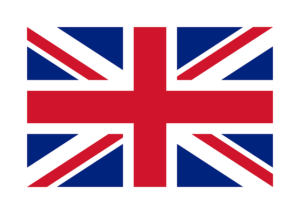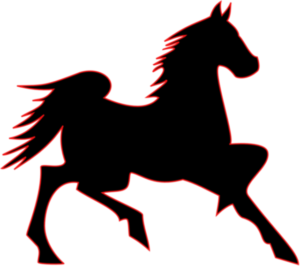 Traditionally the opening race of Royal Ascot, the Queen Anne Stakes is probably best known as the race in which Frankel achieved a Timeform rating of 147, the highest ever awarded to a Flat horse, in 2012. However, the most remarkable renewal of the Queen Anne Stakes took place in 1974, at a time before it was upgraded to Group 2, never mind Group 1, status.
Traditionally the opening race of Royal Ascot, the Queen Anne Stakes is probably best known as the race in which Frankel achieved a Timeform rating of 147, the highest ever awarded to a Flat horse, in 2012. However, the most remarkable renewal of the Queen Anne Stakes took place in 1974, at a time before it was upgraded to Group 2, never mind Group 1, status.
History records that the race was won by the Italian-trained Brook, ridden by Brian Taylor, with My Friend Paul, ridden by Willie Carson, and Coup De Feu, ridden by Tony Murray, in second and third places, respectively. However, the ‘winner’, Brook had actually finished fourth, beaten 6 lengths, with the placed horses even further behind.
In a tight, rough finish, first past the post was Confusion, ridden by Greville Starkey, who beat Gloss, ridden by Pat Eddery, by a head with Royal Prerogative, ridden by Australian Mick Goreham, a further three-quarters of a length behind in third place. The stewards viewed a replay of the race and judged that all three horses had caused interference, of one form or another, in the closing stages. All three were disqualified and placed last, much to the consternation of BBC commentator Sir Peter O’Sullevan, and the race was awarded to Brook.
